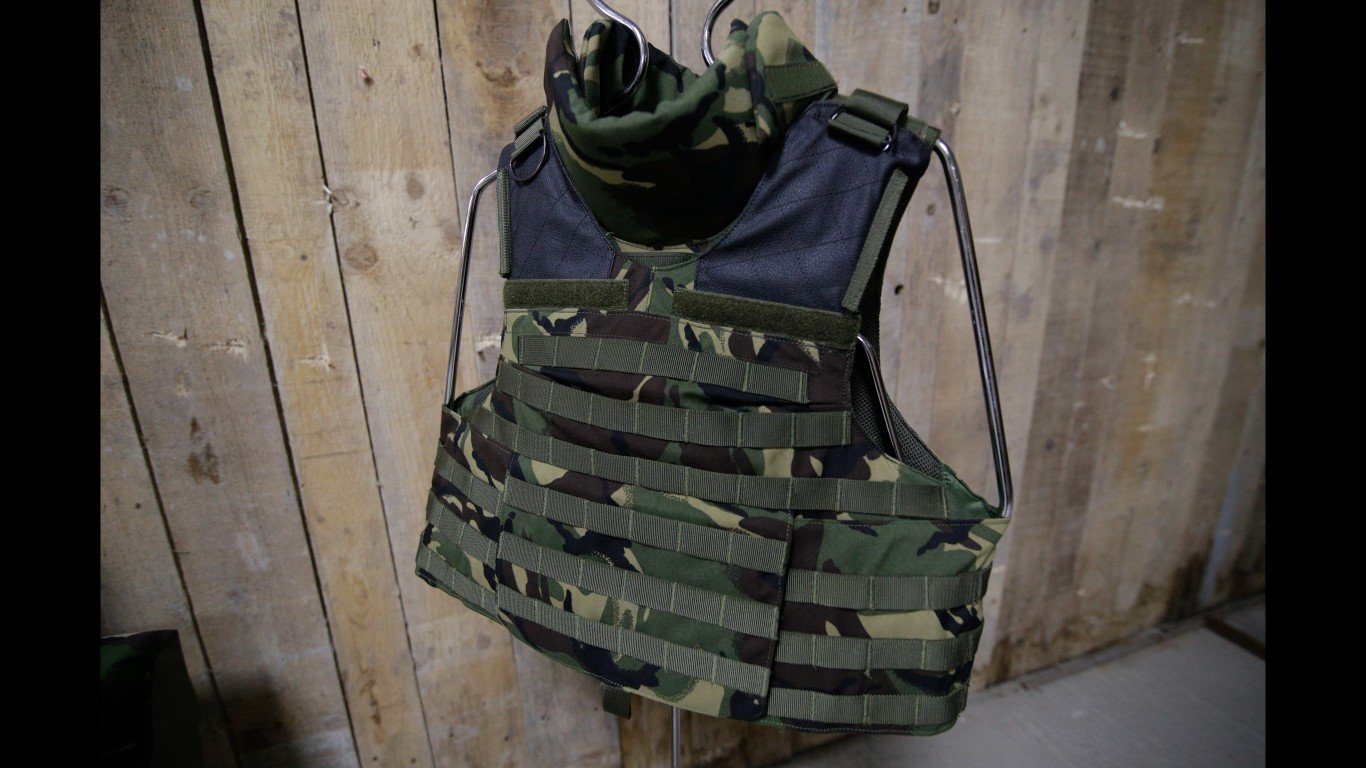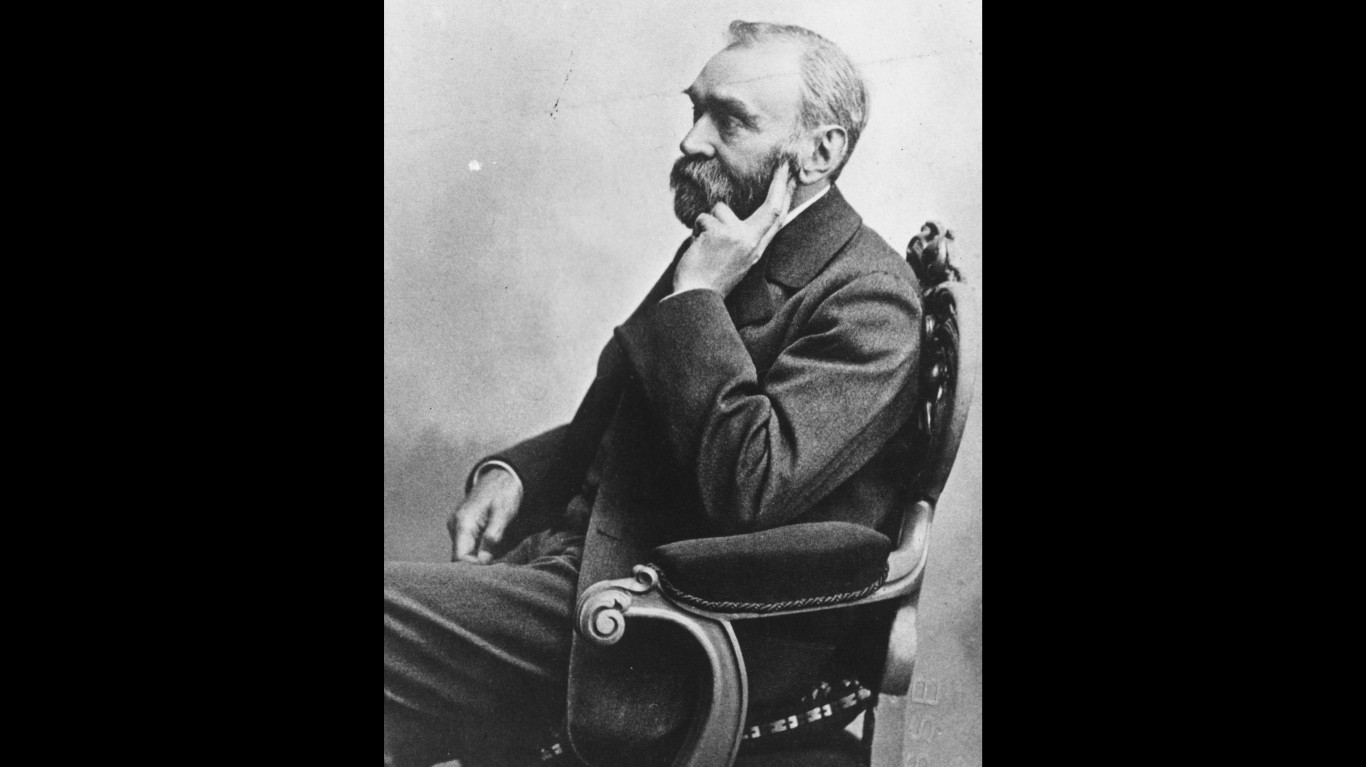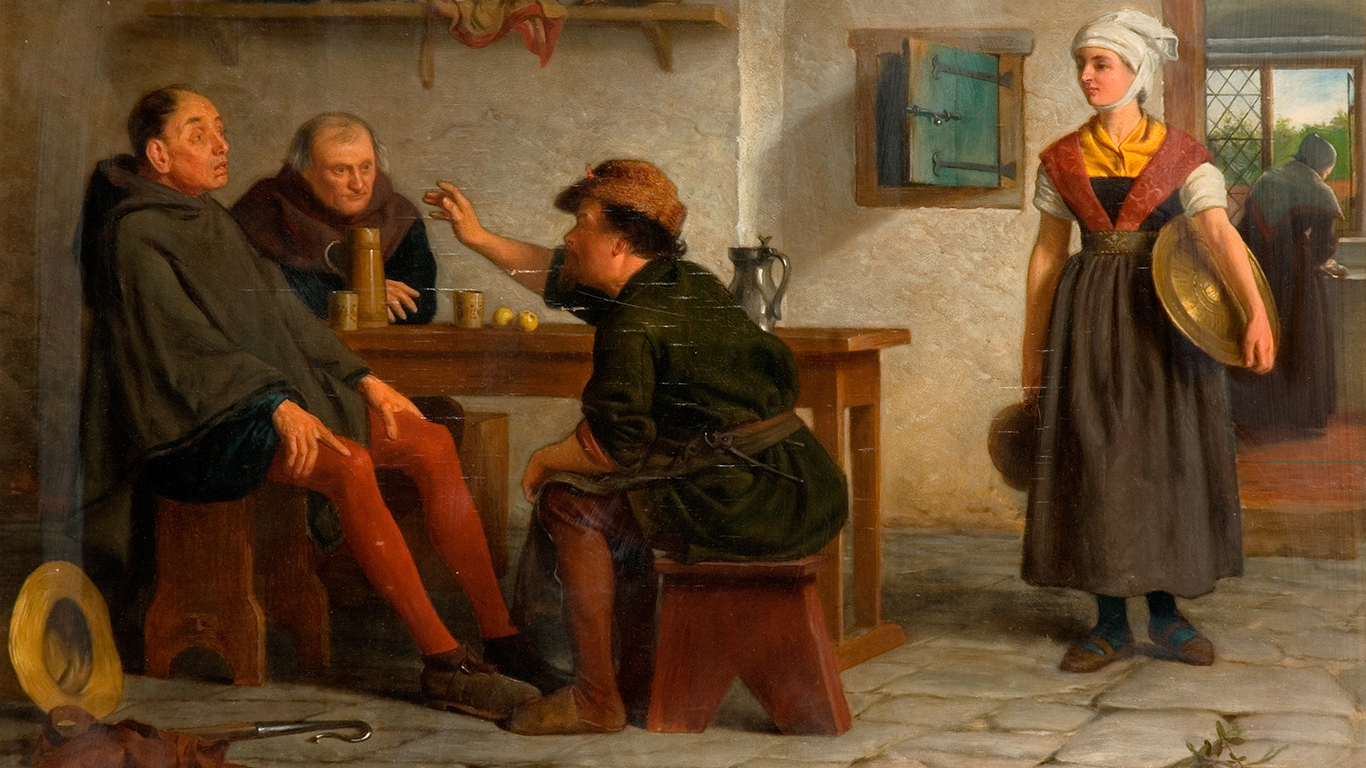

Everything and anything that is manufactured, from the smallest child’s toy to furniture, motorcycles, and naval aircraft carriers to skyscraper offices, is built and designed with a specific color scheme in mind. For 125 years, Akzo Nobel N.V. (OTC: AKZOY) has been providing paints and coatings for all types of products and applications. With headquarters in Amsterdam, Netherlands, Akzo Nobel, at $10.6 billion 2023 revenues, is the largest paints and coatings company in Europe, and number three globally, behind Sherwin-Williams (NYSE: SHW) with $22 billion and PPG Industries (NYSE: PPG) at $18 billion.
Several analysts are starting to get bullish in Akzo Nobel of late, including Zacks, which has given the company a Rank of #2 (Buy), as well as an A grade for Value. What factors have led to these prognostications? Perhaps the answers lie, at least in part, in the company’s past.
Akzo Nobel has a fascinating legacy that can be traced back to the 1600s (via acquired companies), and it includes a connection to renowned Swedish chemist Alfred Nobel, the founder of the Nobel Prize and the inventor of dynamite. Additionally, while it owns a paint and coatings company that dates back to the 1700s, the company itself had a long 50 year history in synthetic fabrics, chemicals, and pharmaceuticals, that have since been divested over the ensuing decades to focus on the current paint and coating industry.
Chemical Fiber Beginnings

While Akzo Nobel’s website claims its paint genesis started with the Groningen, Netherlands Sikkens paint and varnish works, which was founded in 1792, this was a later acquisition.
Akzo’s actual roots are in Vereinigte Glanzstoff-Fabriken, a German chemical company formed in 1899. Vereinigte became a leading producer of rayon, paint, and coatings during the Weimar Republic era. In 1929, Vereinigte merged with Nederlandsche Kunstzijdebariek (NK), a competing Dutch manufacturer of rayon. The post-merger company was named AKU (General Artificial Silk Union).
Throughout The Great Depression, WWII, and the subsequent Cold War era, AKU emerged as a market leader in rayon, nylon and polyester fibers, and was responsible for the invention of aramid in the 1960s, which is better known under its trademarked name as Kevlar.
Change Direction Or Perish

AKU merged with KZO (Koninklijke Zout Organon, Eng: Royal Salt Organon)—a major Dutch producer of chemicals, drugs, detergents, and cosmetics—in 1969, and the resulting company was named Akzo.
The OPEC oil squeeze and subsequent high inflation of the 1970s would deal a crippling blow to the synthetic fiber industry. The high cost of petrochemicals required for fiber production. combined with the emergence of low-cost Japanese, Korean and Chinese manufacturing and fabrication. Additionally, DuPont shut Akzo out of the US market for aramid derivatives with its popular Kevlar body armor and related products
Arnout Loudon took over as CEO in 1982, and instituted a turnaround reorganization of Akzo. He cut synthetic fibers to 20% of corporate revenues and then focused on paint and coatings, going on an acquisition spree of about 30 companies, including businesses involved with different chemicals, salts, and pharmaceutical sector manufacturing.
The Nobel Component and Going Lean

While Alfred Nobel is best remembered for the prestigious Nobel Prize awards and his invention of dynamite, Nobel the chemist was an innovative genius, amassing over 350 patents during his lifetime. In 1994, Akzo acquired Nobel Industries to form Akzo Nobel, as the company is known today.
Starting in the later 1990s and throughout the 2000s would see Akzo Nobel go lean and divest itself of any businesses not related to its paint and coatings focus. As a result, divisions and subsidiaries would be subsequently sold off in the following areas:
- Vinyl and PVC
- CR-39 (used in plastic optical lenses)
- Polyester
- Plastics
- PET resins (used for detergent and food bottles and containers)
- Printing Inks
- Adhesives
- Pharmaceuticals (sold to Schering-Plough)
- Specialty Chemicals
At the same time, Akzo Nobel would concurrently be acquiring smaller rival brands, including ICI (Dulux Paint brand), Titan Paints, New Nautical Coatings, Mapaero, Huarun, Grupo Orbis, and Stahl’s powder coating, to date.
Akzo Nobel in 2024 and What The Analysts Are Saying

At present, Akzo Nobel carries an entire line of paints and coatings for every commercial application. Its divisions include:
- Decorative Paints
- Marine and Protective Coatings
- Automotive and Specialty Coatings
- Industrial Coatings
- Powder Coatings
As #1 in Europe and #3 globally, Akzo Nobel has a significant market share in the international paints and coatings market. After successfully warding off a contentious 2017 takeover bid from #2 global rival PPG, Akzo Nobel still has a number of current and future aspects that make it an attractive portfolio addition, based on market price at the time of this writing:
- Analysts who believe Akzo Nobel is presently undervalued cite its 15.35% P/E ratio vs the industry average of 15.52%.
- The current dividend yield is a not too shabby 3.08%.
- Q1 2024 earnings per share beat analysts’ estimates by 27%.
- Akzo Nobel’s Return On Capital Employed (ROCE), a metric for analyzing profitability, has increased by 195% over the past 5 years, and cut the amount of capital employed by 41% in the same period, indicating a trend towards greater operational efficiencies.
- 56% of Akzo Nobel stock is held by institutions. Dodge & Cox is the largest single shareholder at 8.6% of outstanding shares.
- The deployment of educational platforms that utilize virtual reality in classrooms designed for instruction in teaching proper application techniques for coating on aircraft and automobile parts to avoid waste and achieve more consistent quality control results. This paves the way for an entirely new revenue stream of education and training systems.
- Operation Night Watch – this may open the doors for a number of new revenue streams for Akzo Nobel in the Fine Arts arena (see below):
Operation Night Watch is a partnership with Rijksmuseum in Amsterdam. It is in the midst of a fascinating scientific research project to use Akzo Nobel’s expertise in paint and paint chemical composition to identify new and improved methods for restoration and conservation of priceless historic paintings from the Dutch old masters like Rembrandt and Vermeer, as well as others. Among the goals of the project are:
- Analysis of Rembrandt’s impastos for the relationship between rheology and practical paint application behavior (rheology is the study of the flow of matter, primarily in a liquid state, but also as soft solids).
- To overcome the common issue of color calibration with professional photographs of 17th century Dutch paintings. These photos tend to show a consistent and misleading brightening of dark areas in the artworks, which fails to do proper justice to the paintings on photographs in museum catalogs and other publications. The intention is to create a tailor-made color calibration card for photographing 17th century Dutch paintings for greater reproduction authenticity.
- To help enhance the viewing experience, analysis of hyperspectral and spectroradiometer data and the use of physics-based simulations are intended to propose changes in exhibition lighting that could be used to improve the visibility of the paintings.
While Akzo Nobel certainly has an impressive legacy, its forward thinking holds potential for continued vertical growth within its sector through innovation and use of new technologies.
Thank you for reading! Have some feedback for us?
Contact the 24/7 Wall St. editorial team.



